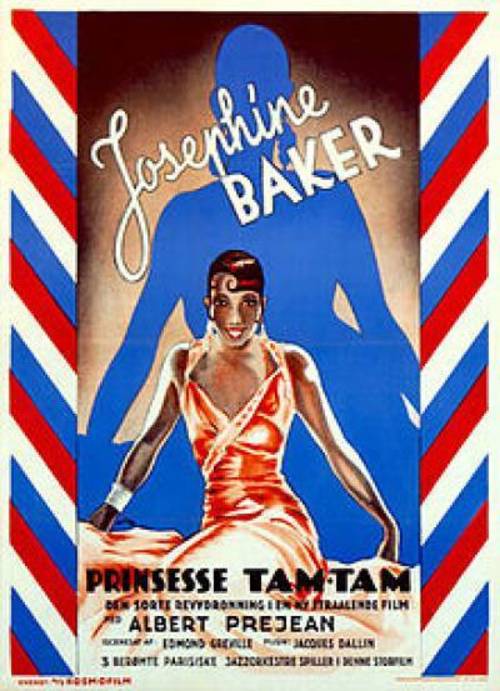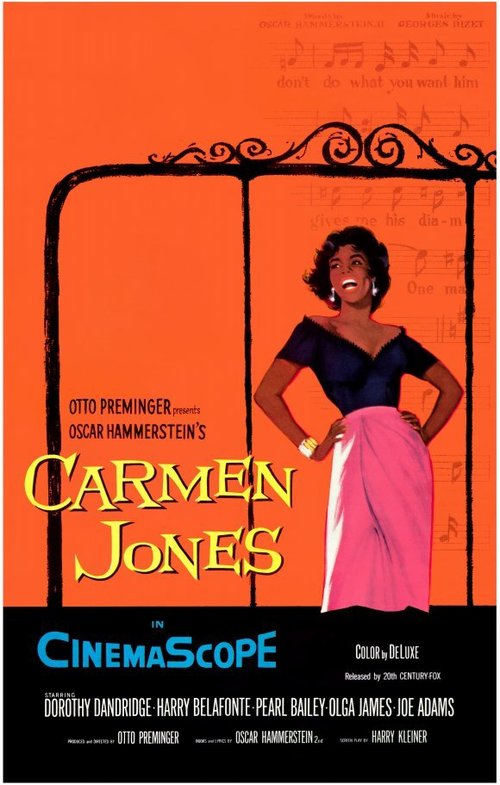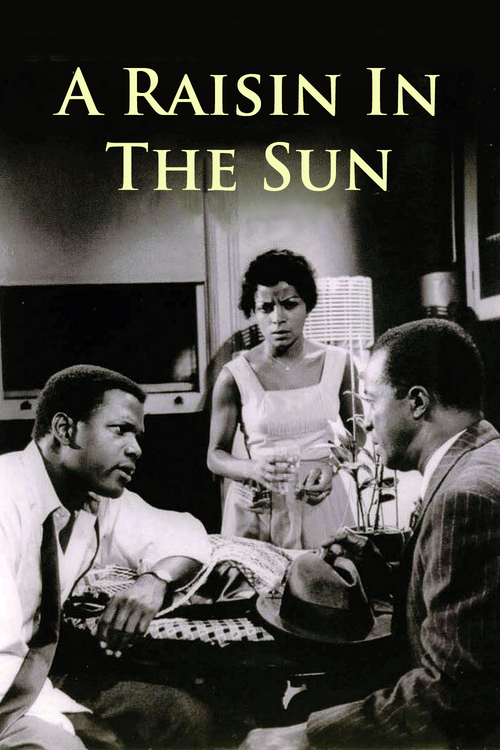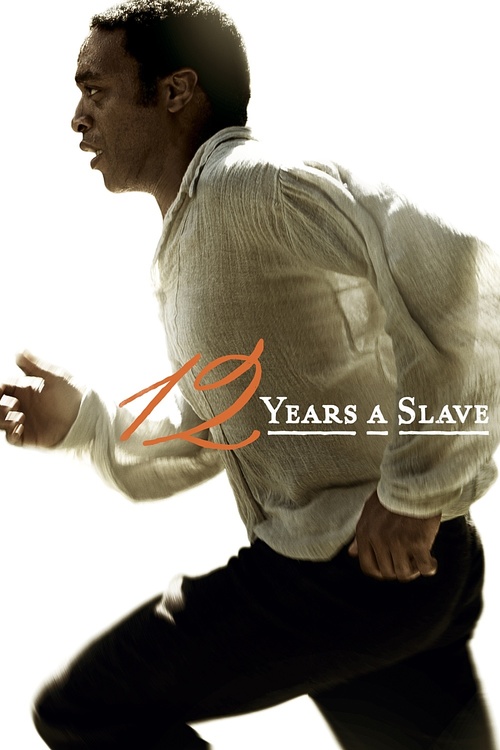
Today - if you mention the name Josephine Baker - most people will remember her vaguely as “some singer way back when”. But how many are left who can picture her in all her glory, with her sassy, sexy, breathtaking charisma on full display? Damned few, I’d guess. And that’s a shame, considering she’s right at your fingertips, forever preserved on celluloid.
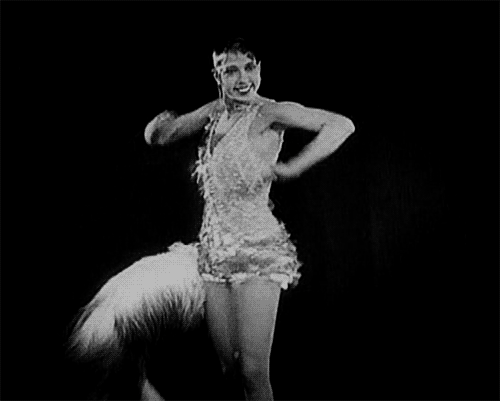
One of the first black stars, Josephine had a flamboyant personality, with a singular grace and a confident style — unusual indeed for a performer of color in those days, much less a female one. Though not conventionally beautiful – her face a little too round, perhaps, her chin receding a tiny bit — her star-power was undeniable. And those eyes!
Born in 1906 to humble circumstances in St. Louis, over time, Josephine rose from being the poor daughter of a laundress in Missouri to steady work dancing in New York City. However, despite gaining some notoriety, by 1924 she had been relegated to perform in a musical called “Chocolate Dandies”, as well as joining the floorshow in a place called… I kid you not… The Plantation Club – gulp.
She was bold and savvy enough to vacate America, and fall into the open arms of a jazz-obsessed, more racially tolerant France. There she would become the top name in the Paris cabaret world, and one of Europe’s most highly paid entertainers. Baker had sensed that a skip across the pond could be good for her career, and for her life in general - and she was dead right.
Known as “Black Venus” and “Black Pearl”, her life became a whirlwind of marriage proposals (supposedly over 1000 in total - turning them down must have been a full-time job in itself), adopted children (she had 12), and an animal menagerie, including a leopard named Chiquita, as well as Ethel the chimpanzee. Clearly, “dull” was not in Josephine’s vocabulary.
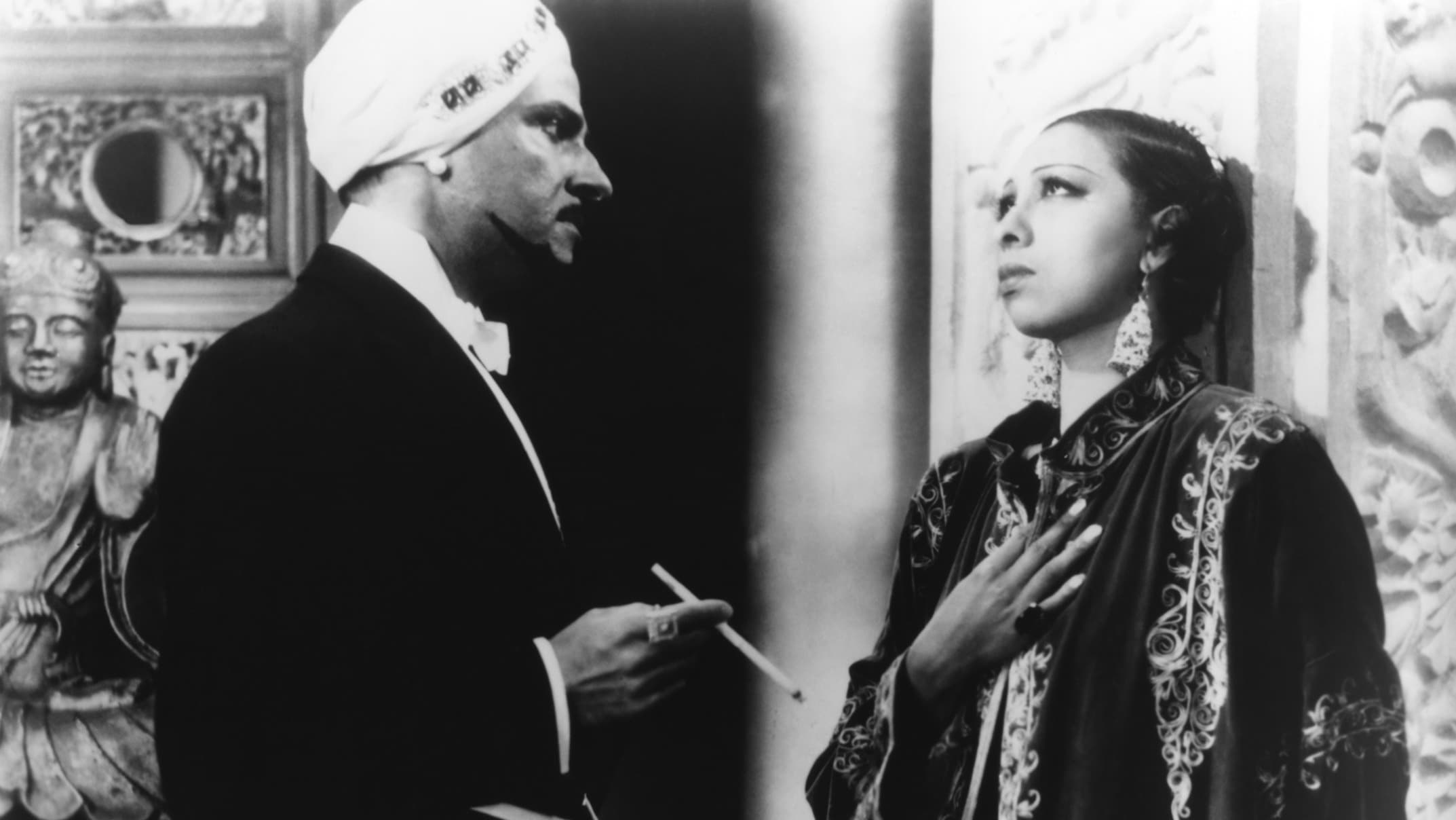
In her many decades as a performer she did relatively few films (only 11, some of them shorts), but one feature stands out as iconic: 1935’s “Princess Tam Tam”.
A jewel of a movie, “Princess Tam Tam” (1935) starts out as a simple Pygmalion story about a poor Tunisian woman named Alwina (Baker), who is snatched up by Max (Albert Prejean), a French author with writer’s block. Under Max’s instruction, the beggar girl is soon transformed into the glamorous “Princess Tam Tam”. At this point, the picture goes into orbit, with the lithe, mesmerizing Ms. Baker donning jaw-dropping costumes in elaborate musical numbers that showcase her amazing gifts.
Riding on a crest of European popularity, Baker’s return to Broadway in 1936 would prove to be a disaster. After enduring racism and hostility, she returned to France, renounced her American citizenship, and declared her adopted nation her permanent home. However, after the war (during which Baker worked for the French Resistance) she’d return periodically to the states to perform, and later, participate in civil rights demonstrations.
Baker died of a stroke in 1975, after beginning a series of performances to celebrate the 50th Anniversary of her Paris debut. At her funeral, 20,000 people lined the streets of Paris. She was the first American woman ever to be given military honors there – in fact, the beloved Princess Tam Tam earned herself a 21-gun salute.
Josephine Baker was so much more than a tantalizing figure, dressed only in feathers, dancing just out of reach. She was an icon and an example around the world, showing that a black woman could be famous, successful and proud, without ever conforming to demeaning stereotypes. The fact that back then this could not happen in the country of her birth remains a blemish on America's past.
Joyeux Anniversaire, Josephine.
